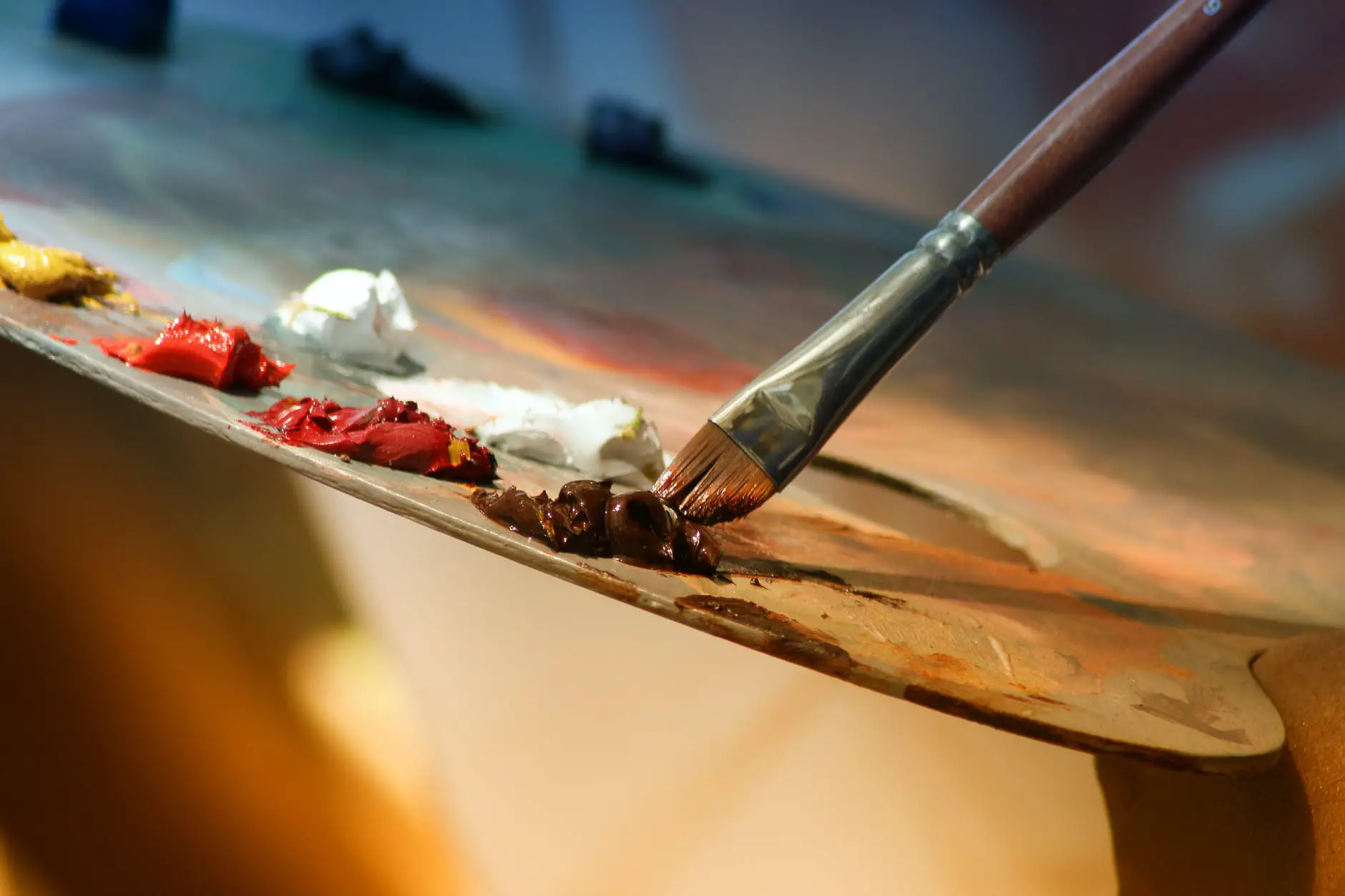When it comes to painting, there’s the eternal and evergreen question: should you paint from real life, from reference photos, or entirely from your imagination?
Each one brings with it a new subset of questions and considerations, and can result in a radically different painting, even if each springs to life from a very similar root idea.
If you paint three paintings of the same tree, each using your imagination, reference photos, or real life modelling, you’ll have three different paintings of the same tree, each having noticed details that maybe the others weren’t able to grasp.
With all this being said, let’s go over some of the pros and cons of each school of thought, and how you can use each to create your artwork to the best of your creativity!
Painting From Reference Photos
Let’s begin with painting using a photo reference. Photo references are a wonderful tool to have, especially when it comes to capturing the small, delicate details of a subject that you cannot keep in one place indefinitely.
For example, painting wild animals has been a struggle for artists throughout the ages, since they’re nearly impossible to convince to sit in one spot long enough to accurately depict all of the particular details that make them just the way they are.
Sir Edwin Landseer spent months studying the anatomy of lions before being able to make good on his commission to sculpt the four Landseer lions in Trafalgar Square, and for all his hard work, they still lie down in a way that looks distinctly canine, rather than true to life. Using photography allows the painter the ability to view with leisure, and make note of all of the small details that make up a scene, and then incorporate those details into their art.
However, one of the flaws of using references in this way is that you always have a limited perspective on the subject. Unlike a living model, you can’t walk around a photograph to see how the light plays on the texture of fabric, or see how light or heavy said fabric is.
The result can be a painting that resembles the photograph too closely, or one that fails to grasp at the play of light, the way that something truly is from all angles, rather than just the one that they’ve been given.
Painting From Imagination
Next up is painting from your imagination exclusively, which can be a can of worms all on its own.
Research has shown that people have different capacities of visualisation, meaning that what one person is able to see clearly in their own head, a second person might only be able to see in blurry images, and a third person might only be able to see the words being described to them, with little to no visual imagination at all. However, in the case that you can visualise perfectly your creation, your imagination is a powerful skill!
Using your mind, you can plan out scenes in greater detail and care than would ever exist in real life, like the surreal, dreamlike paintings of Remedios Varo. The mind can conjure up beautiful vistas and impossible landscapes, things that are exclusively yours in the way few things in the world are.
All painting involves some use of your imagination, but painting from your imagination can lead to artworks the likes of which have never seen the light of day before.
That being said, one of the cons of painting without any reference whatsoever is that you’re dependent only on what your mind can provide. For example, if you had a strong image in your mind of a scene to paint, and you have to take a break from your painting, you may come back to find the image entirely gone and your ability to paint it gone with it.
It also means that branching out of painting from your mind is doubly hard, because you have not worked on the right skills necessary to paint from real life or reference, where transferring the skills from referenced work to imagination – driven paintings is much easier.
Painting From Real Life
Lastly, we have painting from real life. The benefits here are self-evident: with a real life model of the subject of your painting, you are able to see it as it truly is.
You can look at it from all angles, and from all light sources – you can analyse the weight and texture of it, how it feels and how the shadows fall on it. However, this comes with a con as well – it is very, very hard to recreate a real life scene once you’ve begun painting it, and painting can take a very long time.
Say you are painting a real life portrait, you can repose the person after a break to be exactly how they were before, but the light will be different, their energy level will be different, and your painting will have to reflect that change.
All in all, painting from reference photos will improve your ability to paint from your imagination, and painting from your imagination will improve your ability to paint from real life, which, in turn, helps build transferable skills to use when painting from reference again.
One known method of honing painting skills, for example, is to sketch a subject from your imagination, look at reference, and then adjust the sketch to reflect the details seen in the photo reference before beginning to paint in full.
Each of these skills comes with its own pros and cons, but no artist is entirely exclusive to one method and one method alone. Using a combination allows you to hone your skills at all three, and working on all three individuals gives you skills that you can use interchangeably. In this particular case, it may, in fact, pay off a great deal to be a jack of all trades, master of none.

